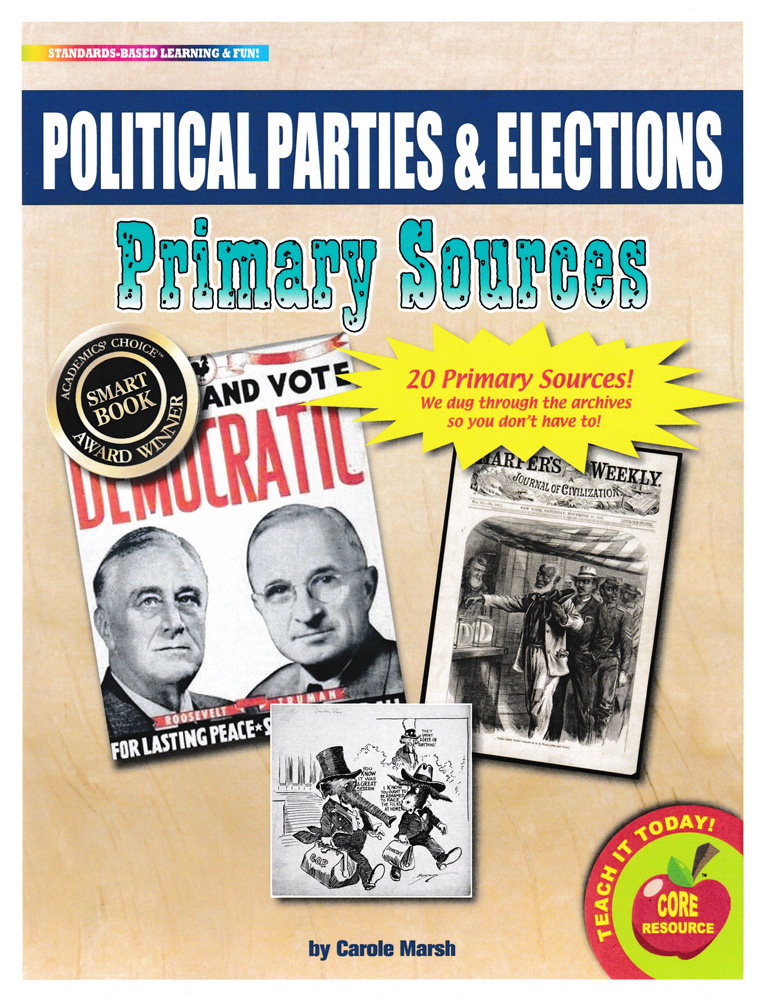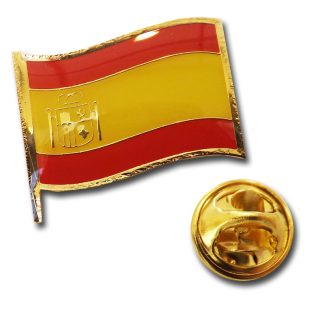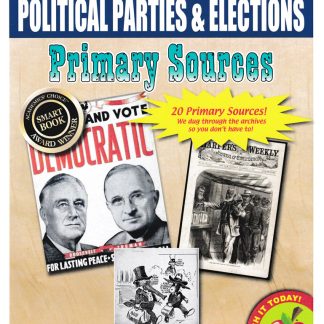Description
Political Parties ;amp; Elections Primary Sources /emare just what teachers need to help students learn how to analyze primary sources in order to meet Common Core State Standards!Students participate in active learning by creating their own interpretations of history using historical documents. Students make observations, generate questions, organize information and ideas, think analytically, write persuasively or informatively, and cite evidence to support their opinions, hypotheses, and conclusions. Students learn how to integrate and evaluate information to deepen their understanding of historical events.The 20Political Parties ;amp; Elections Primary Sources /emare: Tally of the 1824 Electoral College vote–election had to be settled in the House of Representatives because no candidate won a majority of the electoral vote dash; 1825 Campaign song for Whig presidential candidate Zachary Taylor, sung to the tune of ;ldquo;Yankee Doodle;rdquo; dash; 1848 Campaign banner for the Republican presidential ticket for the 1860 election–Abraham Lincoln of Illinois for president and Hannibal Hamlin of Maine for vice president Magazine cover depicting African American men lined up, waiting for their turn to vote dash; 1867 Photograph of General Ulysses S. Grant campaign button for 1868 presidential election Political cartoon showing the first appearance of the elephant as the Republican party symbol dash; 1874 Political cartoon depicting James Garfield ;ldquo;cutting a swath to the White House;rdquo; dash; 1880 Political poster promoting women’s suffrage dash; 1913 Photograph of Woodrow Wilson accepting the Democratic nomination for president at the summer White House in New Jersey dash; 1916 Political cartoon featuring the Republican elephant and Democratic donkey heading home after a legislative session–the elephant remembers his party’s successes while the donkey keys in on Republican failures dash; 1922 Photograph of Franklin Roosevelt campaigning as the Democratic candidate for vice president dash; 1920 Campaign poster for Franklin Roosevelt and Harry Truman dash; 1944 Political cartoon depicting Republican Thomas Dewey confidently asserting that he will win the 1948 presidential election over Democrat Harry S. Truman dash; 1948 Photograph of John F. Kennedy and Richard M. Nixon in the first televised presidential debate dash; 1960 Photograph of President Ronald Reagan giving his acceptance speech at the Republican National Convention dash; 1984 Photograph of banner describing the philosophy of the Libertarian Party dash; 1989 Photograph of Barack Obama taking the presidential oath of office dash; 2009 Graph showing voter turnout (percentage of voting-age population) in U.S. presidential elections from 1824dash;2012 U.S. Electoral College map showing the number of electoral votes in each of the 50 states following the 2010 census Photographs of voting machine used in the late 1890s and an electronic voting machine used in 2008Your students will: Think critically and analytically, interpret events, and question various perspectives of history. Participate in active learning by creating their own interpretations instead of memorizing facts and a writer’s interpretations. Integrate and evaluate information provided in diverse media formats to deepen their understanding of historical events. Create a more relevant and meaningful learning experience.span style=”color:#FF0000;”Download the Gallopade Free Online Teacher;#39;s Guide for Primary Sources PDF located in “Additional Info.”/spanAll levels. 8 x 11 inches each. Cardstock.



